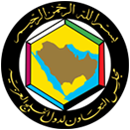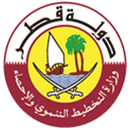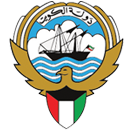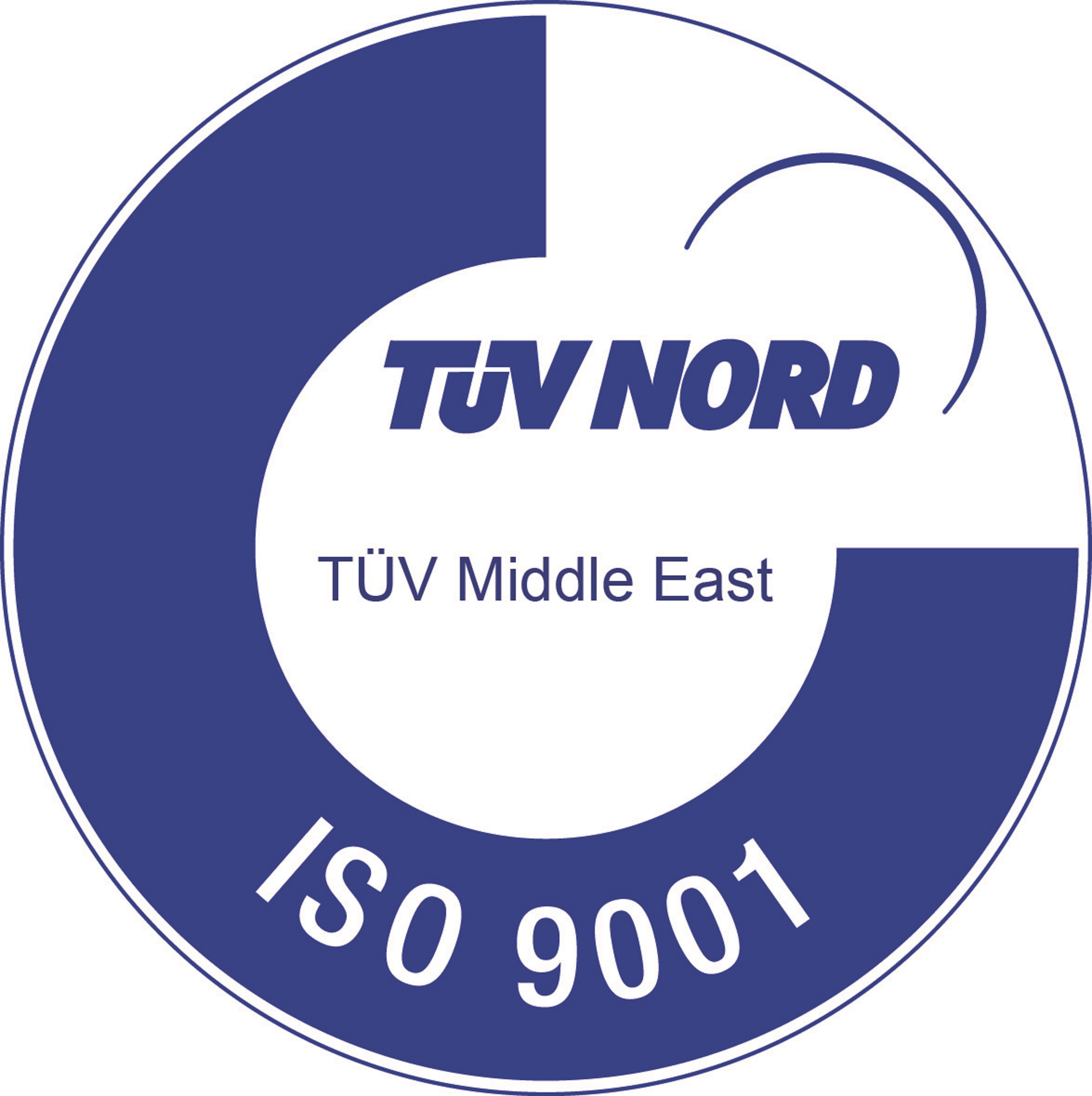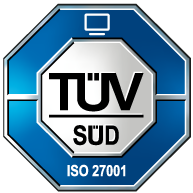Energy Survey
1. DescriptionThe Joint final Energy Consumption, Water and Waste statistics survey requests data on the consumption of various energy commodities such as electricity, natural gas, propane, diesel, wood and steam and their different usages of energy commodities: as fuel, to produce electricity and for non-energy use. It also requests information on the water and waste sectors in terms of production and usage. Within National Statistical Centers, the data will be used as an input into the energy balance, water, waste statistics, and eventually in environmental accounts in order to improve the annual Report on Energy and Environment Statistics.
The survey results could be used by National Energy partners to track energy efficiency improvements and by National Environment partners to calculate carbon dioxide emissions. Industry also uses the information to monitor the results of their energy reduction efforts and to measure their contributions to national’s climate change goals.
Country Implementation PlansWith the support of GCC-Stat, each country has prepared a Country Implementation Plan for each of the priority projects Energy and Environment Projects. The summarized situation concerning the survey tasks was as follow:
ImplementationTwo countries started the use and adapt the questionnaire:
2. Data sources and methodologyTarget populationThe target population comprises all national industry establishments in the country. Under the ISIC Classification System: Energy transformation sector
Industry sector
Sampling DesignThis is a sample survey with design featuring a random stratified sample of enterprises that are classified both geographically and according to the ISIC version 4.0. The sampling unit is the enterprise as defined in the Business Register. Sampling units are classified into stratum groups (i.e. groups with the same ISIC codes and same geographic region) based on the characteristics of their enterprises. Each group is divided into strata (i.e. small, medium and large) based on the annual revenue of the enterprise. In general, we should be based survey on the national economic survey if it exist. Also for the first experience, we can focus on the large and middle establishments only.
Data sources
Error detectionThe following methods are used to detect errors:
|
||||||||||||
3. INSTRUCTIONS
Information CollectedThis survey collects information on Production and Consumption of energy, including data from ENERGY (Mining and other hydrocarbon). Electricity, Heat and Steam. Water. Waste
International StandardsThe main reference manuals are the Energy Statistics Manual, 2004 the “International Recommendations for Energy statistics (IRES 2011), the International Recommendations for Water statistics (IRWS) and the Framework for the Development of Environment Statistics (FDES) of the UNSD.
Reporting periodThe survey is to collect actual data relating to the calendar year. Units of measurement and Values Energy products are measured in physical units by their mass, volume
As for the values, data should be reported in National Currency.
Questionnaire StructureThis questionnaire is divided into four sub-sectors: Energy products, Electricity (include heat, cooling, steam), Water (and wastewater) and Waste ; Each sub-sector contains the following sections:
|
||||||||||||
4. DefinitionsEnergy productsFor all energy products, please refer to the GCCSTAT Guide about List of Energy Products, which is also used for the energy balance and transmission table.
Energy flows :
Non-fuel use: The use of petroleum products for purposes not related to energy, such as the use of material in bitumen roofs and roads as water resistant. Total consumption during the year: Refers to all fuel and energy that is delivered to users for energy and non-energy uses. Losses : Refer to losses during the transmission, distribution and transport of energy products. Imports: Includes all energy products entering the county. Exclude goods in transit and goods temporarily admitted. Exports: Includes all energy products leaving the country and re-exports.
Exclude quantities of fuels delivered for use by merchant ships and civil aircraft. Exclude also goods in transit and goods temporarily withdrawn.
Transfers from other establishmentsNot purchased inputs (goods) that goes into the production process.
Feed stock (own use)
The products produced by establishment for its own use as raw materials and to support other extraction activities.
Transfers to other establishments Refers to the products produced by the establishment and transferred to another establishment without selling it.
Water
Sea water: Water withdrawn from sea and used by establishment.
Surface Water:The volume of water removed by economic units from artificial reservoirs, lakes, rivers, wetlands and snow, ice and glaciers within the territory of reference, per year. Bank filtration is considered an abstraction of surface water. Fresh Groundwater:Fresh groundwater withdrawn from wells and used by establishment. Brackish Groundwater:Brackish groundwater withdrawn from wells and used by establishment. Desalinated Water:The volume of water produced by an economic unit through the process of desalination, within the territory of reference, per year. This includes desalinated sea water and desalinated brackish waters from estuaries, rivers and aquifers. Treated Wastewater:The amount of water that has been treated chemically, mechanically or biologically for the purpose of reuse. Sewage:Wastewater has untreated.
Waste
Chemical Waste: Waste that has toxic or caustic effect. It can be flammable or explosive materials or materials that cause corrosion. It also can be materials containing heavy metals such as mercury and cadmium. Hazardous chemical waste can be generated as a result of pharmaceutical production or medical imaging films (used or damaged). It might also be generated as result of the production and composition of pesticides, or the solid residues of research laboratories. Plastic Waste:Waste that basically consists of plastic and it can be generated by any economic activity, such as packaging containers and packaging materials. Iron Metallic Residues:Waste that basically consists of iron metal and it can be generated by any economic activity, such as cans, metal scrap, and hardware and building materials. Iron Non-Metallic Residues:Waste that basically consists of non-iron metal and it can be generated by any economic activity. Paper Residues:Waste that basically consists of paper and it can be generated by any economic activity or from the establishment municipal waste. Electronic Waste:It refers to discarded computers, office electronic equipment, entertainment electronic devices, mobile phones, television sets and refrigerators. This definition includes used electronics, which are destined for reuse, resale, recycling, or disposal.
|

